Before I show you why and how to create an e-commerce website with Clickfunnels I need to give you some context.
E-commerce is all about selling stuff on the internet.
And when it comes to selling stuff online your conversion rate is really important.
Let me explain what I mean:
If you send 1000 visitors to a site that converts at 0.5%, you make 5 sales.
In case you’re a newbie, a conversion is simply an action you want your website visitors to take. A conversion could be filling out an email form, answering a survey or purchasing a product.
The conversion rate is calculated using this formula:
100 / Number of Total Visitors X Number of Conversions.
So the 0.5% conversion rate in our example above is calculated like this:
100 / 1000 X 5 = 0.5%
Got it?
I’m not a genius at math.
But this stuff isn’t rocket science either.
And knowing how to calculate a conversion rate is important if you’re serious about learning marketing. But don’t freak out. Like with everything, practice makes perfect.
An important aspect of marketing is improving your conversion rate.
This is called Conversion Rate Optimization (CRO).
How to Double, Triple or Even Quadruple Your Conversion Rate
In our example, the goal of Conversion Rate Optimization is to increase your website’s 0.5% conversion rate to 2.0% or more. And the way we do this is by improving your website.
Why does this matter?
Because with a 2.0% conversion rate you sell 20 products instead of 5 for every 1000 visitors.
This little one-and-a-half percent increase makes all the difference.
It can be the difference between making $20,000 a month or $80,000 a month. In marketing, small percentages matter because they have immense leverage and drastically impact your overall revenue and profit.
So how can you increase your conversion rate?
We’ll get to that in a moment.
And I’ll also show you how to create an e-commerce website with Clickfunnels.
But first you have to understand a major pitfall in e-commerce.
The Big Downside of Traditional E-Commerce Websites
You might be using a platform like Shopify or WooCommerce for your store.
That’s fine, and there’s plenty of things you can do with these platforms. However, if you have a winning product and would like to increase your conversion rate in order to sell more, you might want to consider a more versatile solution that gives you full flexibility over the design of your landing pages.
Don’t get me wrong:
I love Shopify and recommend it to almost everyone.
The benefits are insane, and it’s the most robust and powerful e-commerce tool currently on the market. But it also comes with downsides, one of which is a lack of control and flexibility.
With Shopify you install a theme and then customize it to meet your needs.
Although there are many themes to pick from, once you’ve installed a theme, you have little control over the design and layout unless you have coding skills or add third-party apps (which are often clumsy). In fact, I’d go as far and say that Shopify and most e-commerce platforms are horrible for Conversion Rate Optimization. They simply weren’t built for this purpose.
Sure, you can install a plugin like Hurrify and see a bump in your conversion rate.
You can also change the color of your buttons and add some “trust badges”.
But that’s not a whole lot.
If you want to unleash the true beast of Conversion Rate Optimization, you need a different tool.
Let me explain why that’s the case.
How Traditional E-Commerce Sites Are Costing You Sales Because Of Unnecessary Distractions
Clickfunnels allows you to remove all distractions.
With Clickfunnels you can create e-commerce product pages from ground up without any coding or design skills. You can literally change and move elements around as you wish with a drag-and-drop page builder. You can add buttons, headlines, checkout forms and create highly optimized landing pages.
Read More: 25 Best Sales Funnel Templates
Here’s an example of an e-commerce site I built with Clickfunnels.
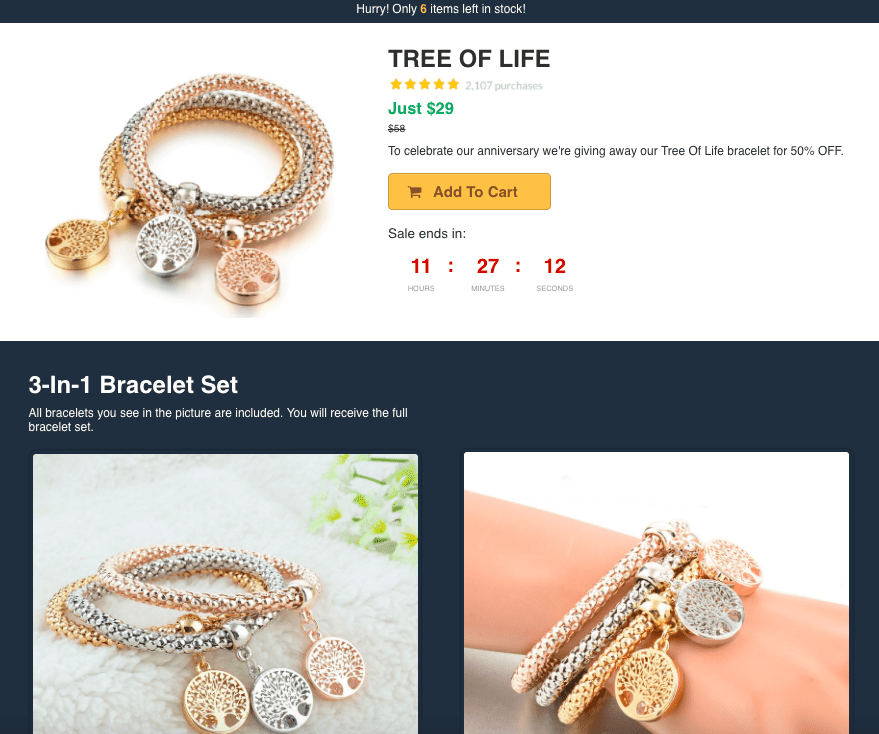
The site has no menu, it has no distractions and you can only do two things:
Leave the site or buy the product.
This alone can massively bump your conversion rate.
If a visitor clicks on “Add to Cart” they’re immediately taken to a quick checkout form without having to leave the website (slow page loading times can lead to higher abandonment rates).
Here’s what happens when someone clicks the “Add to Cart” button:
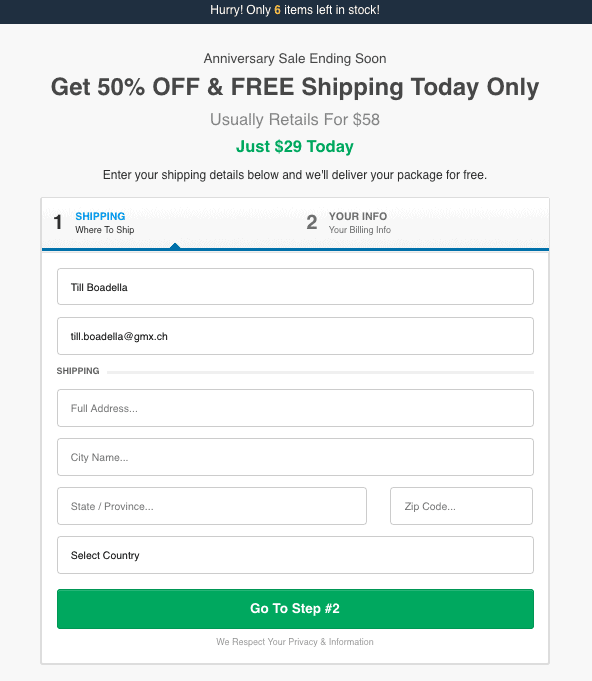
When you spy on your website visitors with a heat tracking tool like Hotjar, you’ll quickly discover that many people abandon the cart because they got distracted.
Here are some common distractions that lower your conversion rate:
- Having a menu
- Displaying related products
- Complicated checkout process
I’ve spied on hundreds of people adding products to the cart and then abandoning it last minute because they clicked on the Menu instead of the “Complete Purchase” button. Once visitors start browsing the store, they often get second thoughts or are flooded with too many options and end up not completing the purchase.
You’re literally losing thousands of dollars because of distractions like these.
Unfortunately, with Shopify and other platforms it’s hard to remove or minimize these distractions. For example, your menu will be visible and I’m not aware of a way to remove it.
Even if there was, it would require coding or additional plugins.
Now imagine trying to minimize a dozen distractions, while at the same time split-testing different page layouts to see which one converts best. Shopify wasn’t built for this type of advanced optimization and testing, which is why I usually resort to Clickfunnels whenever I want full control over my e-commerce website.
So let’s talk about how to create an e-commerce website with Clickfunnels.
How to Create an E-Commerce Website with Clickfunnels and Boost Your Sales
Once you’ve signed up, create a new funnel by selecting “Build Funnel”.
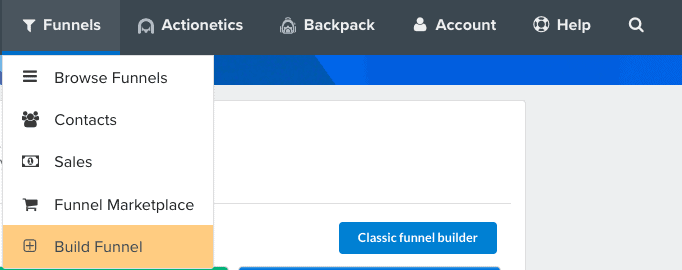
You can choose from many different themes.
Select the e-commerce category to see all available themes:
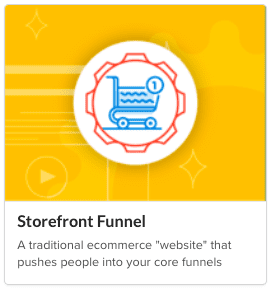
The difference compared to a Shopify theme is that you can freely move around and change every single element. You have 100% control over every aspect of the site, which is extremely powerful if your main goal is to increase your conversion rate and sell more products online.
Here’s an example of a default e-commerce theme:
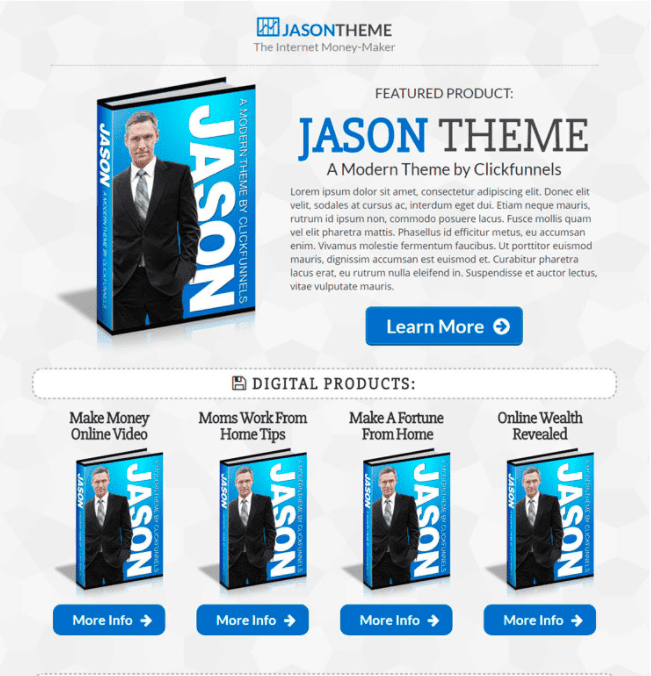
But I barely use default themes.
I prefer designing custom pages from ground up using the editor.
And as I said, you don’t need to have any coding skills or be good at designing. I have zero coding skills and I don’t have an eye for design, but I taught myself how to create websites and landing pages with the drag-and-drop editor in just a few days.
Here’s a landing page I built that works pretty well for me:
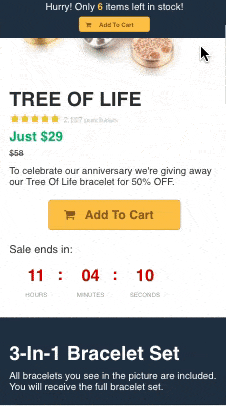 As you can see, it “mimics” a traditional e-commerce website.
As you can see, it “mimics” a traditional e-commerce website.
What makes it different is that I’ve removed all distractions including menus, related products and other irrelevant stuff. People can either buy the product or they can leave the website, but those are the only two options.
I’ve also added a sticky “In Stock” notice at the top of the page to build urgency.
And there’s a countdown timer as well.
This is a bit sneaky because I’m drop shipping this product, meaning there is no real shortage of items and the countdown timer will reset at midnight every day. In most cases I don’t recommend using this type of false scarcity. Whenever I use scarcity or countdown timers, I make sure they are actually real. In rare cases, I’ll break this rule.
It’s also important to note that I optimized this site for mobile.
It looks kind of crappy on desktop, but it looks fantastic on mobile. When I run Facebook ads or use influencer marketing, between 80-100% of visitors will come from mobile. That’s why I’m not really concerned about desktop. I’d rather have a high-converting mobile page.
Should you use this same design?
It depends.
In general, I recommend that you test as much as possible.
The whole point of using Clickfunnels is that you have the ability to flexibly tweak and move around every element of your site and split-test different pages to see which one converts best.
The design above works for me but it might not work for you.
(Although I think it’ll work pretty damn well…)
You can use it, but I recommend you also start creating your own custom landing pages.
So which platform should you use?
Figuring Out Which E-Commerce Platform Is Best For You: Shopify or Clickfunnels?
Let’s take a look at what’s best for you right now.
If you’re a complete newbie and are just looking to build a store with some basic functionality and are not concerned with conversion rate optimization, your best bet is Shopify.
If you’re intermediate or advanced and have a product that’s making you sales, it might be a really good idea to start focussing heavily on Conversion Rate Optimization. As I showed you at the beginning of the article, increasing your conversion rate from 0.5% to 2% is very doable and will quadruple your sales.
What would quadrupling your sales do for your business?
Maybe it would allow you to make more profit from your existing Facebook ads.
It might even double, triple or quadruple your entire business depending on how much revenue is coming from that one product you’re optimizing for.
In most cases it’s a good idea to use Clickfunnels together with a software like Shopify.
That’s what I currently do.
I have several Shopify accounts to create basic stores.
And I have one Clickfunnels account to build advanced landing pages and funnels.
The real power comes from combining the two:
To give you an example, you can use Shopify all year round and build highly optimized landing pages and one click upsell funnels for special sales like Black Friday.
I hope you enjoyed this article.
Do you still have questions about how to create an e-commerce website with Clickfunnels?
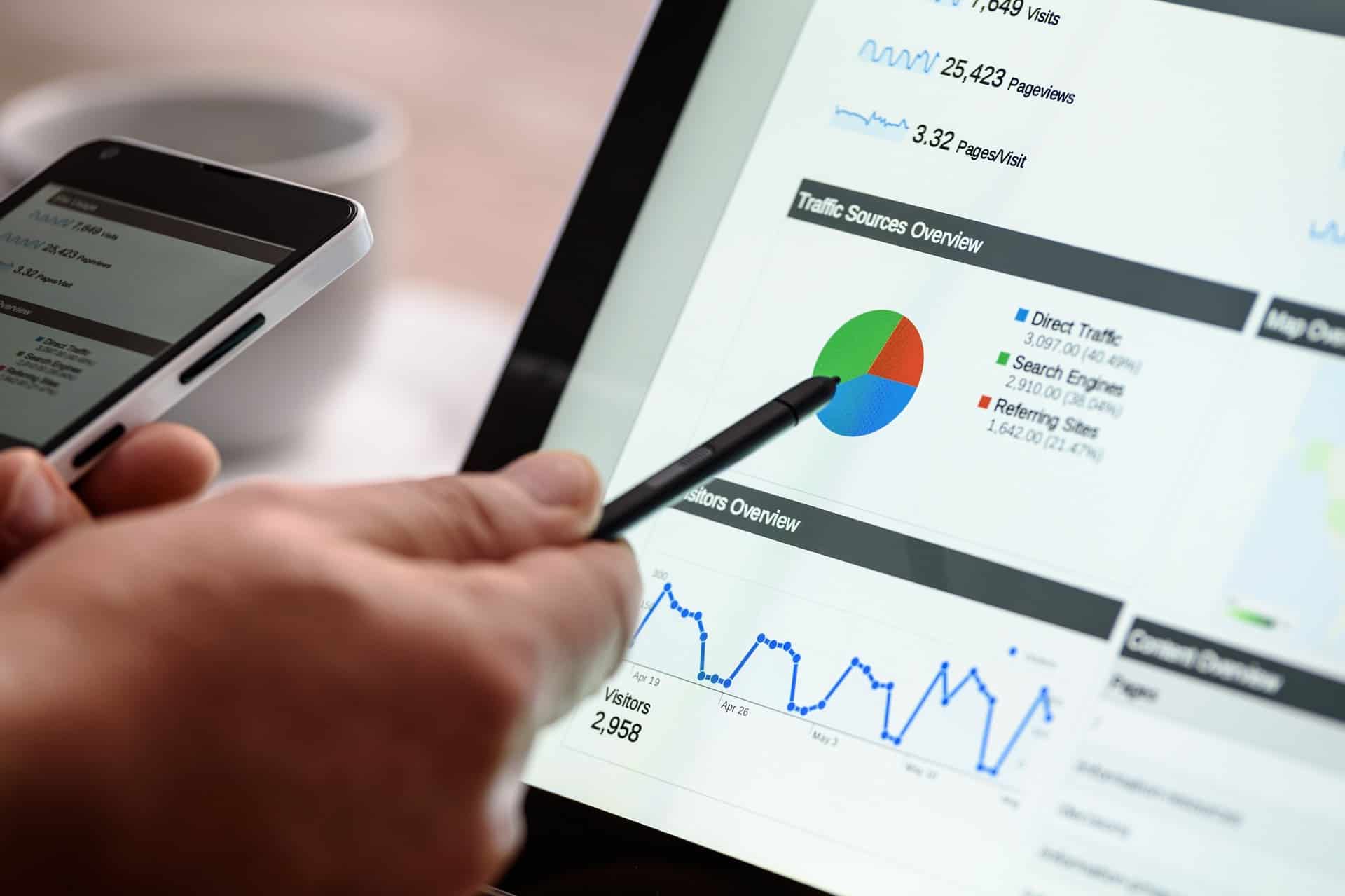
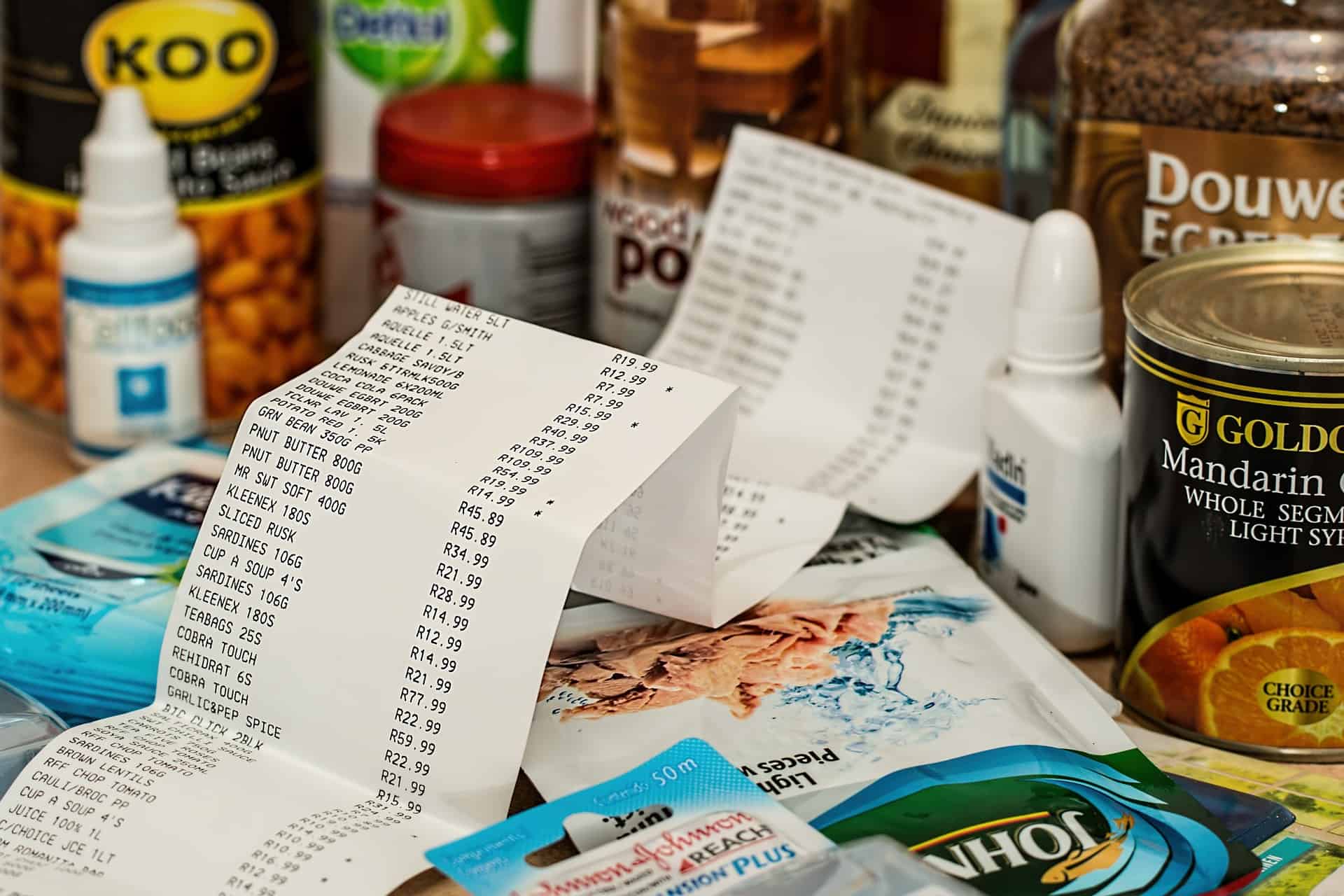

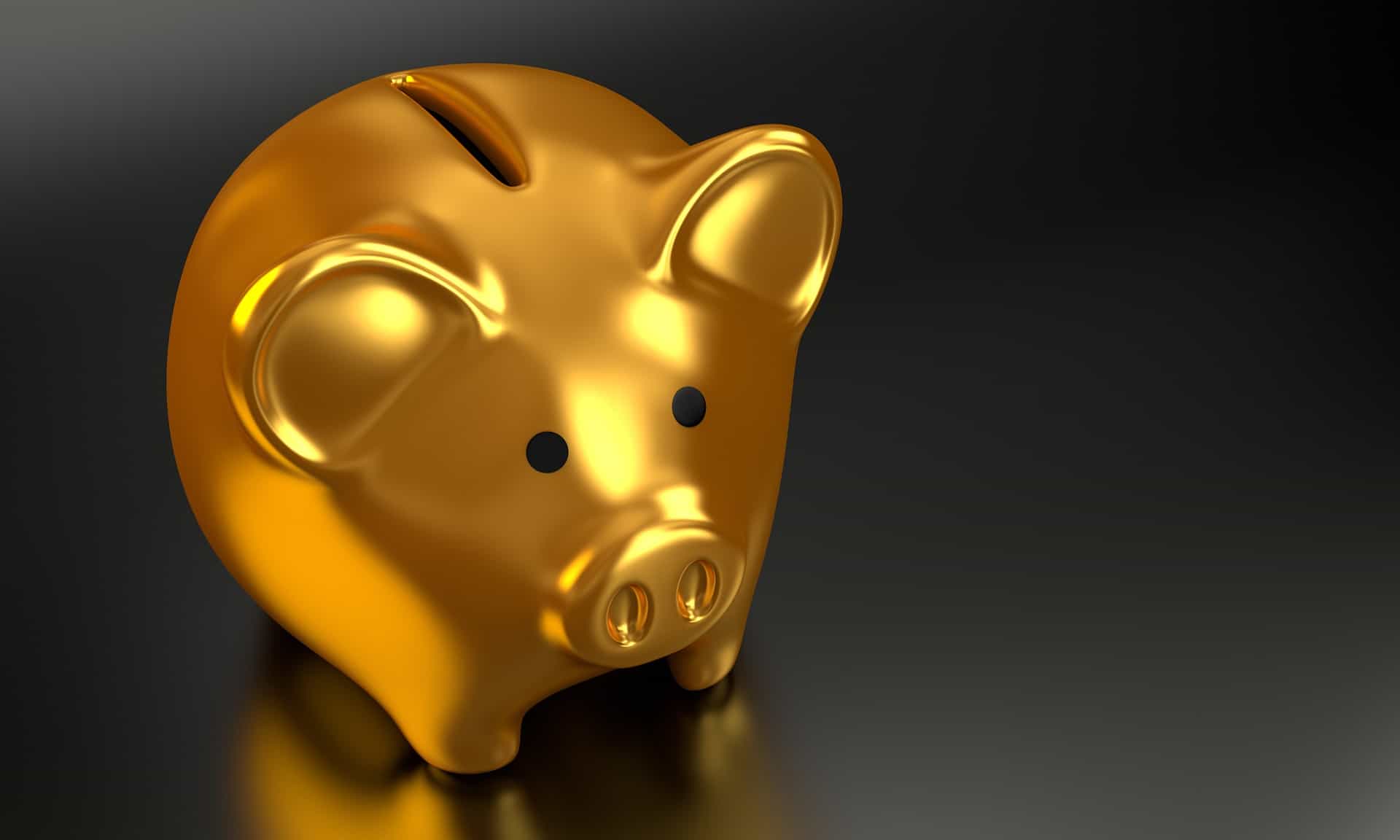

barry
Hi Till, Great content! I’m really enjoying reading your blog.
Sorry, but I’d like to point out an error in conversions – 50 sales for every 1000 visitors actually comes up to 5% conversion and not 0.5%.
0.5% conversion is 5 sales.
I think this makes a big difference when you’re calculating ROI.
Hope I’m not making a big deal of it but I get the point of the article. 🙂
Thanks again!
Till Boadella
What’s up Barry, thanks a million for the comment.
I had noticed the error and corrected it already, but need to double check again 🙂
Till Boadella
Looks like it didn’t save the corrections last time.
Everything updated with the correct conversion numbers now 🙂 Thanks again for being attentive bro!
The Truth About Web Design and Conversion Rates
[…] Remove distractions and improve usability on your website […]
Tate
Hello Till, I’m learning a lot from you. Can you provide the ClickFunnels design you use as a theme/template?
Ruth
Hi. Very interesting content.
Can you just clarify for me, is it possible to have clickfunnels just on it’s own, without a shopify store at all. And create perhaps several funnels for different products. I wanted to drop ship, offer a free plus shipping and then upsell. If I did this with clickfunnels with NO store as background, would this still convert as there is no evidence of a store as such. Will people trust it?
Thanks!
Milos
I have Woo store with 3,000 + products: https://www.accessorify.me
As far as I know there is no way to import Woo products in CF, therefore I must create products pages from scratch.
My idea is to assign a new domain to my CF site (like mycfstore.com), select maybe 3 to 10 top selling products to push through CF by creating landing + OTO + sales etc pages for each product, and then create additional pages in CF that will link other products to my Woo site (https://www.accessorify.me).
Do you think that’s a feasible solution ? Any hint would be greatly appreciated.
Thx.
Milos
Michelle
I’m currently looking for a way to create a whole ecommerce store in CF for multiple reasons. I was also looking at SquareSpace as the platform to do this on.